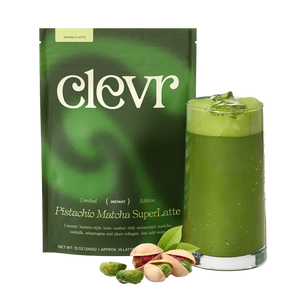
Day 6: 5 Yoga Poses for Embodiment
Have you ever walked into a yoga class and immediately felt like you didn’t belong? Maybe you didn’t wear a matching yoga set, you weren’t there early to save a “good” spot, or you didn’t know the sequence that everyone around you seemed to know by heart. This is a shared experience among many of us, and we’re here today to toss aside the distractions of “western yoga culture” and go back to the roots of this practice: deep, embodied presence.
One of the most beautiful aspects of yoga is that the practice is so much more about the being rather than the doing. Yoga is a lifestyle & spiritual practice, and the poses, or ‘asanas’, are just one small part of the practice as a whole. The purpose of yoga poses isn’t for them to look perfect, but we know it’s hard not to compare yourself to the other Lululemon-clad yogis next to you in class, especially when you’re all staring into a mirror.
Yoga is a ritual of embodiment and authenticity. In some moments it provides discipline and in others it provides an outlet of expression through movement, and it is up to you to decide which moment you need. It is a sensual experience, if you allow it to be - you’ll get out of it however much you put in.. As you create different shapes with your body, take the time in each shape to focus on your breath and on all the subtle sensations, physical and energetically, that you are experiencing.
PRACTICE
We invite you to hold each of these postures for one minute. Rather than setting a timer, focus on your breath. Aim to hold each pose for at least 6 deep breaths. If the pose is repeated on both sides (ex: half pigeon), hold for a minimum of 30 seconds, or 3 deep breaths, on each side. Remain present by focusing more on how each posture feels in your body, rather than how it looks. In each posture, ask yourself: Where do I feel tightness or tension in my body? Can I focus on releasing tension from that area as I breathe? We suggest doing these poses in the following order, but that is completely up to you and what feels most supportive in your body.
Child's Pose:
Child’s pose is a pose of surrender and grounding; it is the go-to for many people to reset during a long or stressful day. In addition to stretching your spine, hips and ankles, child’s pose applies light pressure on your stomach which aids in digestion. In child’s pose, play around with the positioning of your arms - stretch them forward, to both sides, and then bring your arms back beside your body.
Down Dog:
Down dog aids in circulation, improves balance and provides a full-body stretch. This posture also strengthens the core, wrists and shoulders. In down dog, play around with lifting one leg up into the air and bending it, then the other.
**Note - your heels do not need to touch the ground! Press heels towards the ground, but do not force them. Everyone’s body is different and many people experience a deep calf stretch without heels touching the ground.
Forward Fold:
Forward fold relieves tension in the spine, stretches the entire backside of your body and soothes your nervous system. The position of your head below your heart also allows fresh blood to rush to your head and give you rejuvenating energy, much like shocking your body with cold water at the end of a shower. In forward fold, play around with bending and straightening your legs.
Half Pigeon:
This posture is especially supportive after sitting in a chair all day, because it stretches your hip flexors. It also provides opening for your hips and elongation for your spine. In half pigeon, start with your chest up and palms on the ground. From there, optionally lower down to your forearms, and with time and practice, optionally bring your chest down to rest on your front leg.
**Highly recommended to use the support of blocks under the glute of your bent leg! You can also use a block under your forearms or chest for support.
Supine Twist:
Supine twist is a supported twist, done while laying on your back. Twisting aids in digestion, supports spinal strength and releases stored tension in the spine.
**Focus on keeping both shoulders pressed down into the ground, and use your core to twist.




































